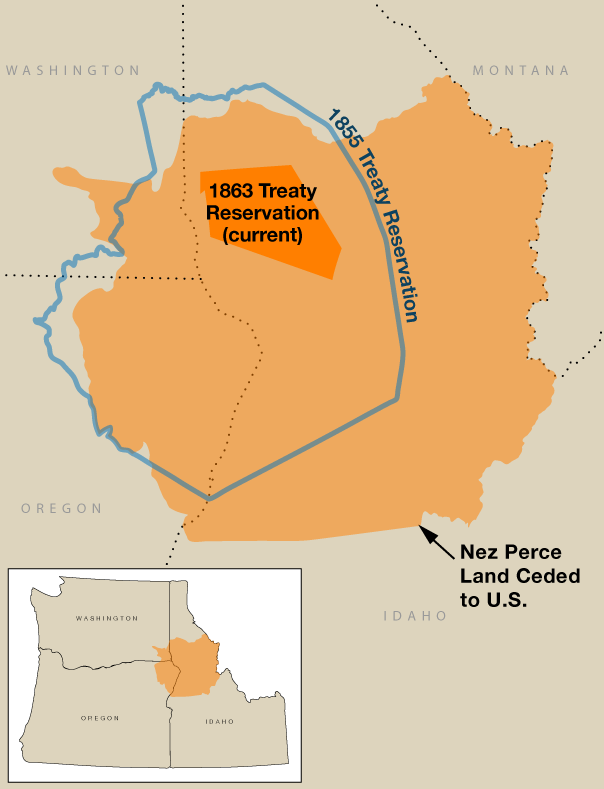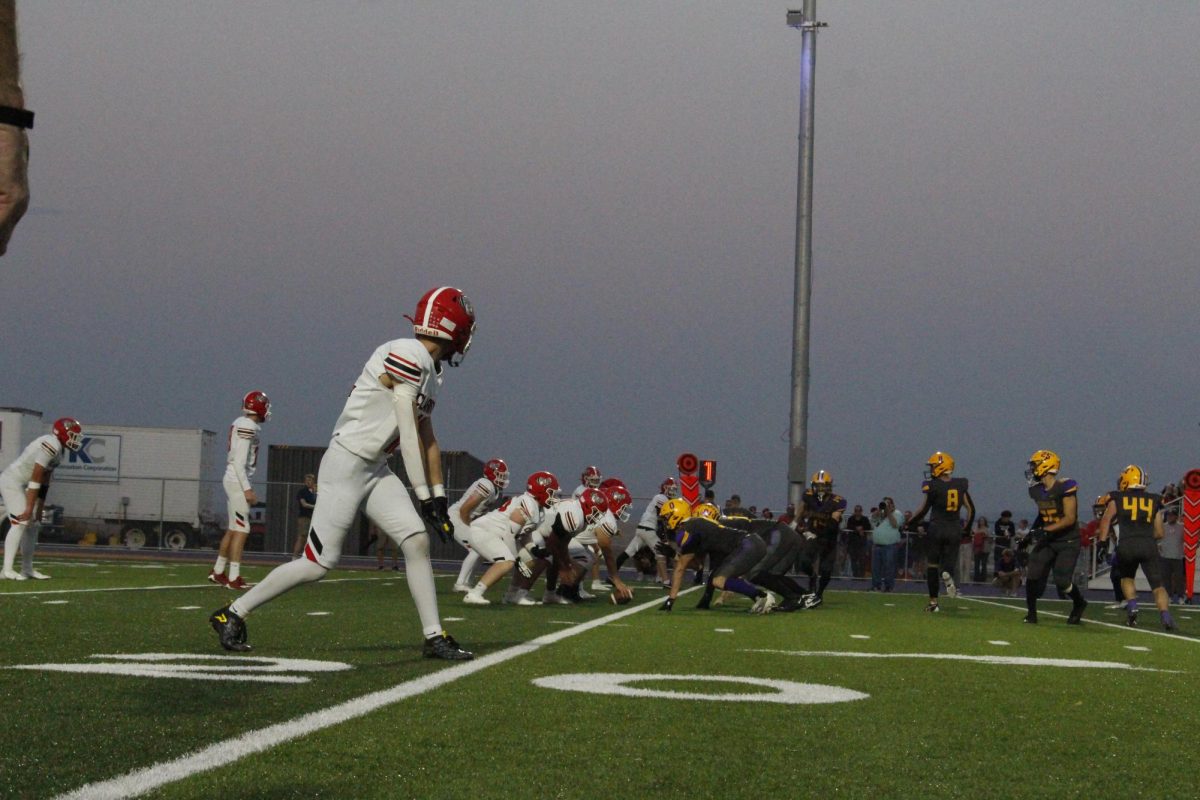In October many important dates happen for the Nez Perce Tribe, some of these include the remembrance day of the Nez Perce War of 1877 and Indigenous People’s Day. Mr. Harry Slickpoo, the Nez Perce language teacher at LHS and a member of the Nez Perce Tribe, privileged The Bengal’s Purr with information about the Nez Perce War of 1877 following the recent day of remembrance held on Oct. 4.

To this day, members of the Nez Perce tribe remember the War of 1877 by visiting the local battle sites and riding the same trail Chief Joseph and his Nez Perce tribe rode. To pay respects to those who passed during the battles, they hold an empty saddle ceremony with an Appaloosa horse.
The Nez Perce War of 1877 ended on Oct. 5 that year. This war is crucial to the history of the Northern Idaho area, as it is near the Nez Perce reservation. According to NPS.gov, it began because of a land dispute between white gold miners and the Nez Perce tribe. With the discovery of gold, thousands of white miners trespassed onto the native reservation in search of riches. They even established the town of Lewiston, Idaho, which was hardly legal, according to nezpercecountymuseum.com. Lewiston was made up of canvas tents which were considered temporary structures making it able to be considered a supply depot on the reservation.
To fix the issue, the United States Government proposed a treaty that reduced the reservation to one-tenth its original size. While only a few bands signed, it was enough to bring all of the Nez Perce tribe to the reservation. This treaty was known as the “Thief Treaty” of 1863, according to Slickpoo.
The tribe was officially threatened with eviction if they didn’t relocate to the new reservation within 30 days in May of 1877. Also known as the Flight of 1877, the tribe began its trek from Joseph, Oregon, to Lapwai, Idaho. However, it first became a conflict when a small band of Nez Perce warriors killed 18 white settlers as revenge in Tolo Lake. According to NPS.gov, this signaled a spark of fear in the tribe, and they had to flee while being chased by an enraged American Army.

Over the next 126 days, the American Army chased the Nez Perce tribe over 1,170 miles until the tribe finally surrendered at the Battle of Bear Paw. Here, Slickpoo shared, the mighty Chief Joseph gave his famous call for cease-fire saying, “Hear me my chiefs! I am tired, and my heart is sick and sad. From where the sun now stands, I will fight no more forever.”
Anyone who would like more information about Nez Perce’s History or its language, can visit Slickpoo at Lewiston High School in CW110 on B-days.














THOMAS EIER • Oct 14, 2024 at 9:25 PM
Well stated Educator Slickpoo. I hope the LMTRIBUNE picks up your article and distributes the rest of the story over the internet.